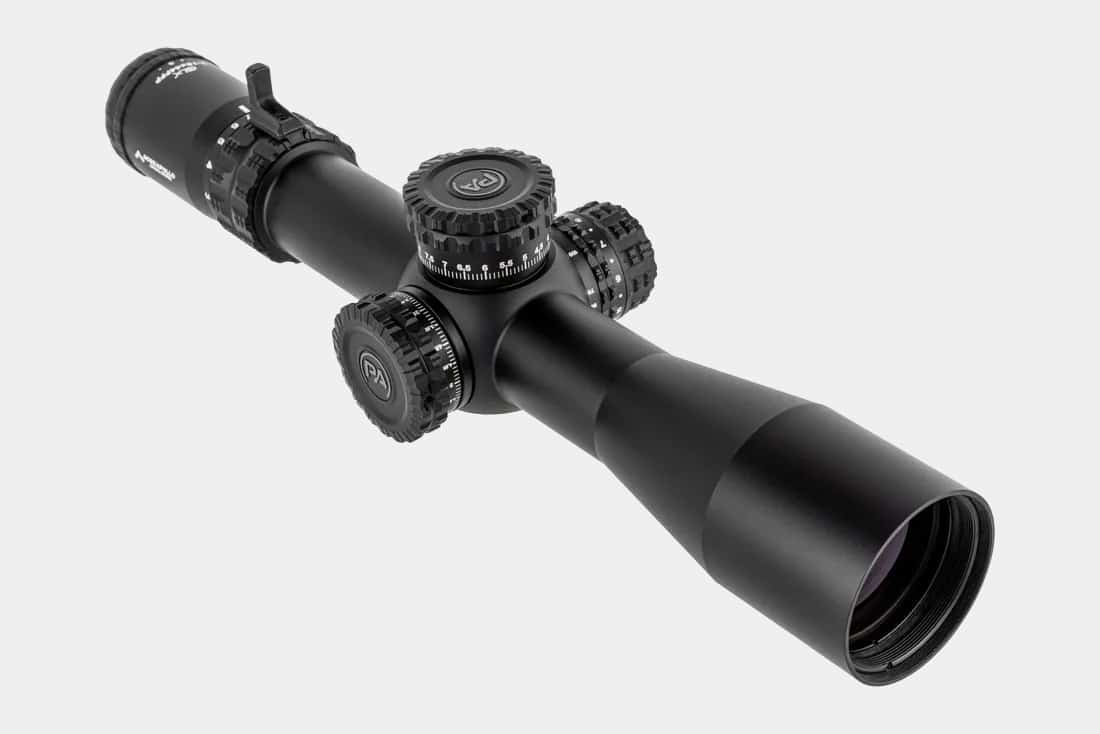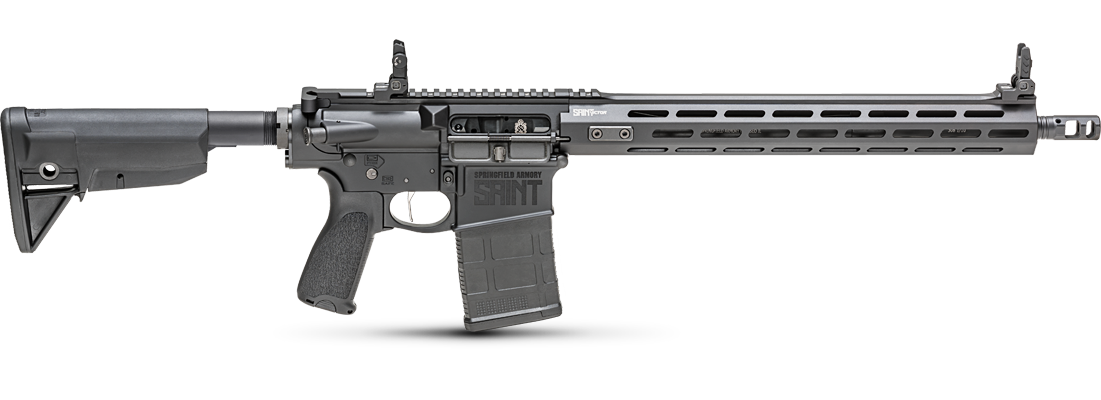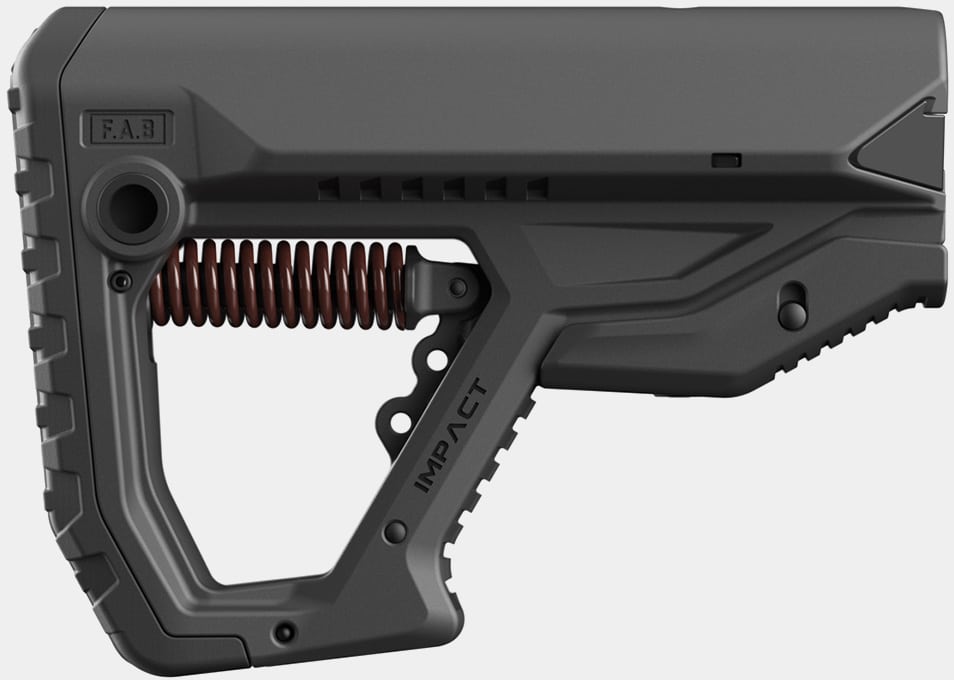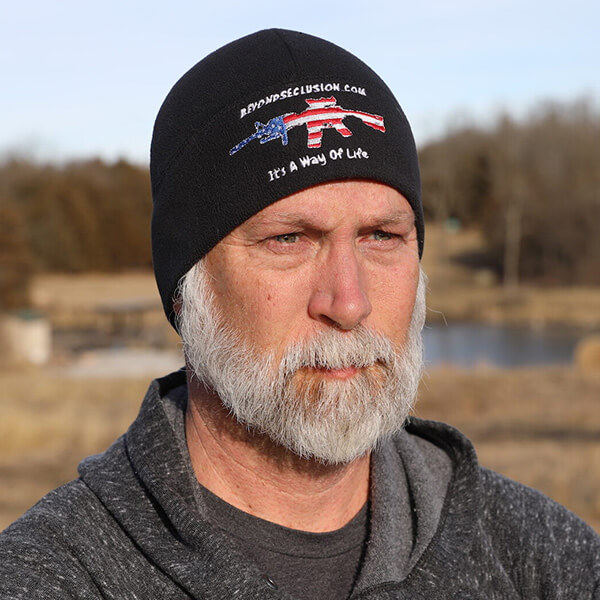In today’s article, Beyond Seclusion reviews the Primary Arms GLx 3-18×44 first focal plane rifle scope. This optic has a significant magnification range making it adaptable to a variety of long range shooting needs. Primary Arms provided the scope to the author for review.
Whether you are hunting or simply just like testing your skills at distance, your optic choice can be as important as that of your gun and ammo. In fact, it’s not uncommon for folks to spend more on their optic than the gun.
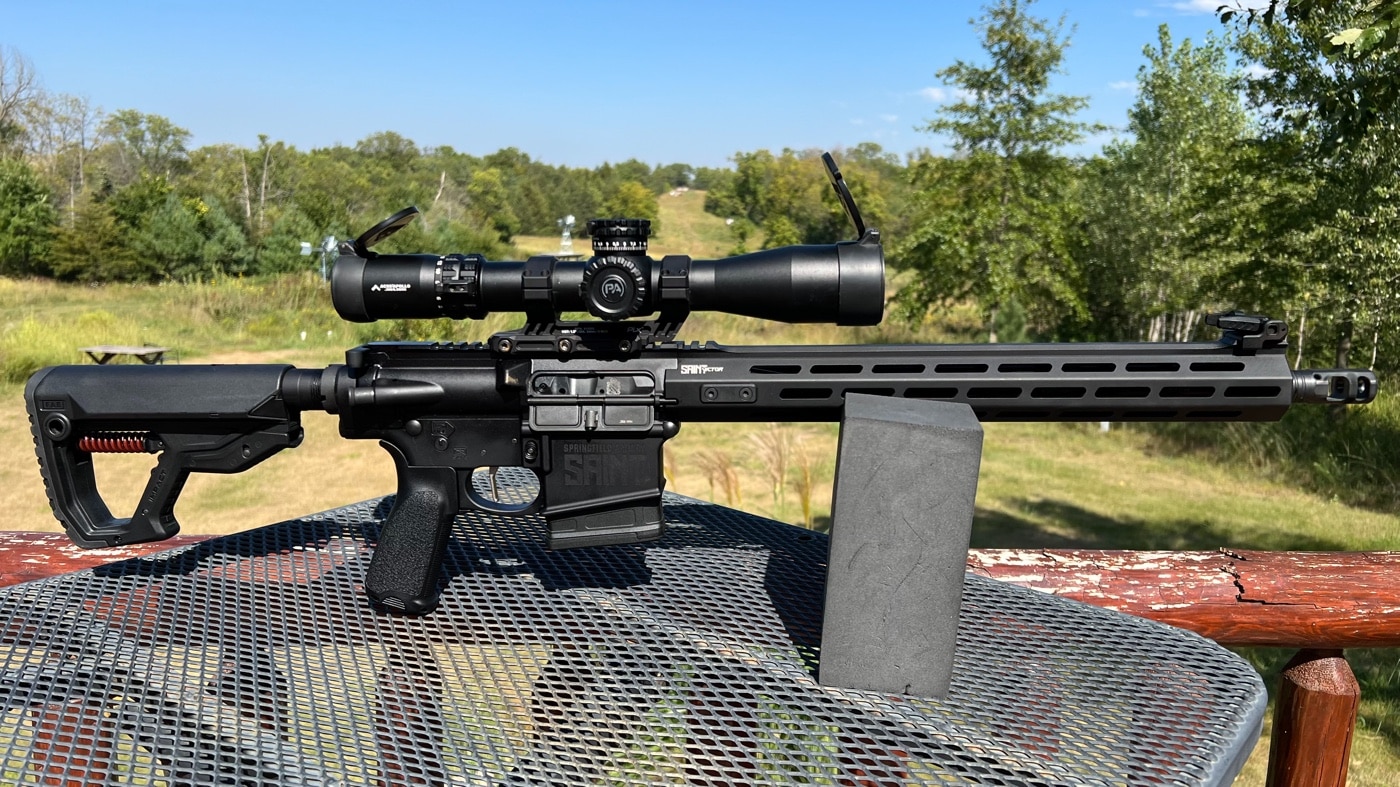
Optics have rapidly evolved since I started shooting 40 years ago. Back then, they were pretty simple and straightforward, with just crosshairs and that was it. Nowadays, you can literally get a computer mounted on your gun that makes all the ranging and compensations automatically based on your caliber, distance, windage, bullet weight, barrel length and more.
You can get first focal plane or second focal plane, return to zero adjustment turrets, locking adjustment turrets, illuminated reticles, and reticles that have just about everything you can think of.
[Learn more about the differences between first focal plane and second focal plane scopes here.]
This can range from range-finding, windage compensations, bullet drop compensators (BDC’s), movement of target and different speed adjustments, and more.
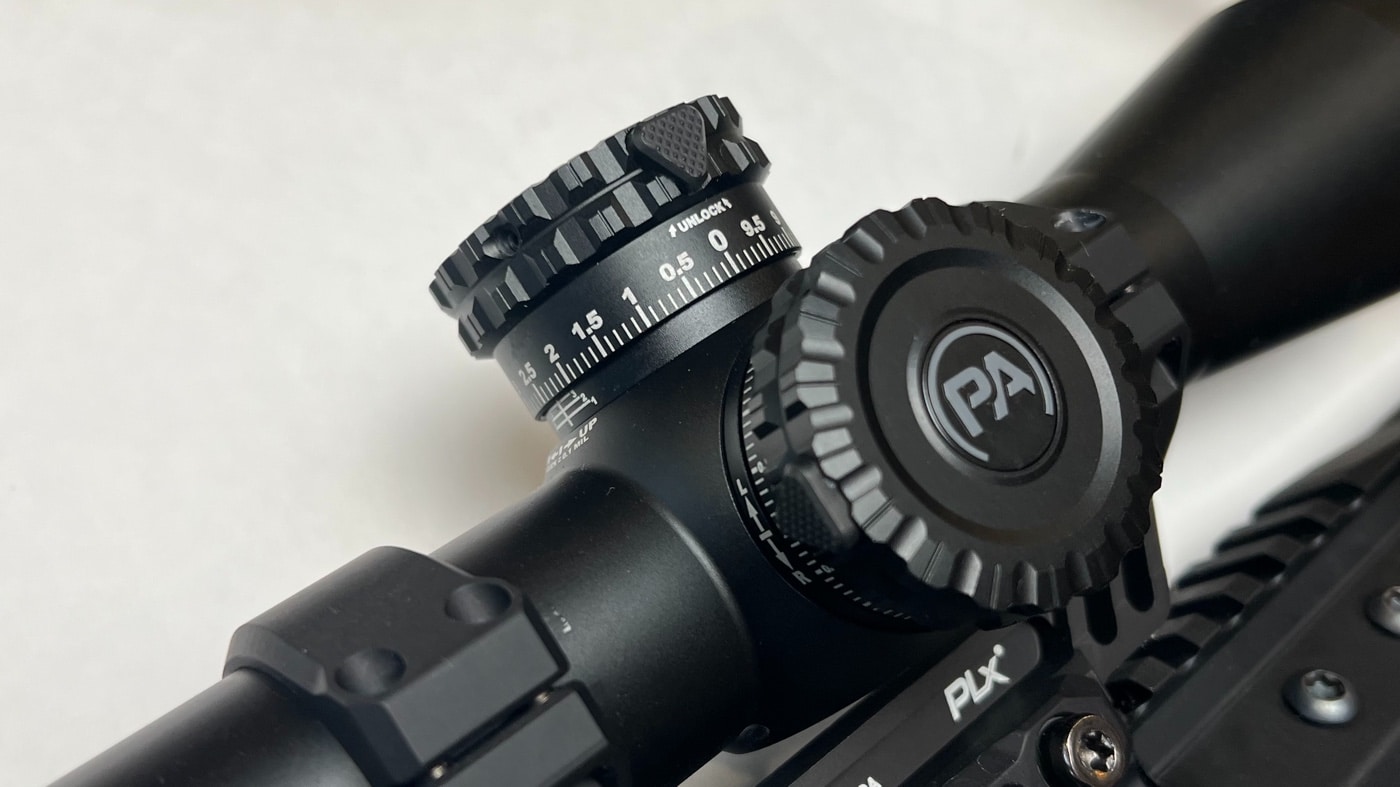
When a reticle includes all of them, the reticle or field of view (FOV) can get pretty busy. Some folks really like all of these features, providing a great deal of information and options. Others prefer the KISS reticle, or “Keep It Simple Stupid” version. You can find reticles on both ends of the spectrum and everywhere in-between.
Let’s discuss one of the most important aspects of any optic — light transmission percentage. Without going into details, the better the lenses (often referred to as “glass”) the more light you can gather and the more clear the image is.
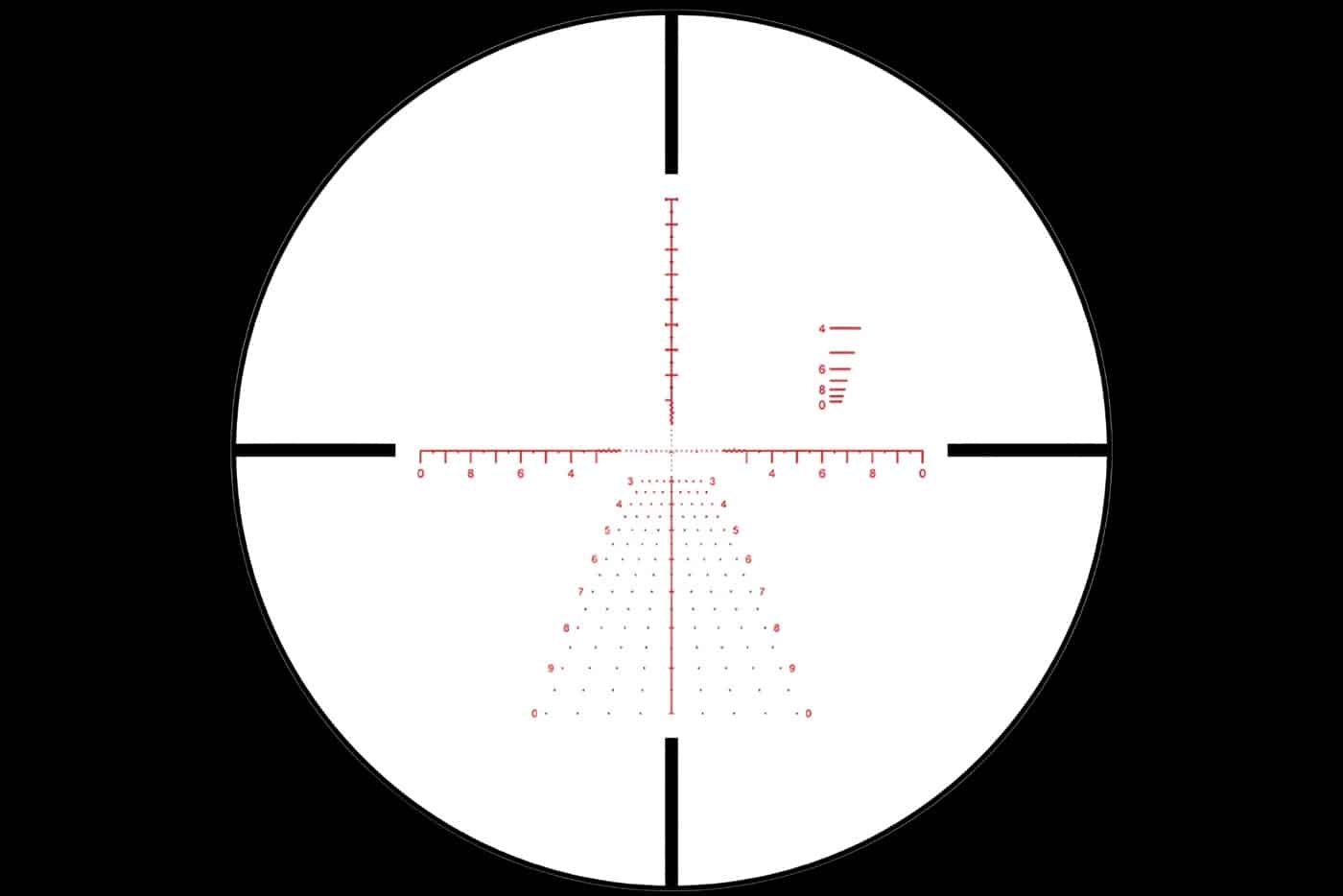
When you look at the cost of optics, the biggest determining factor is glass quality. You can definitely notice the difference when shooting at distance and also in low-light conditions. With really good glass, you can see past the times of dusk and dawn — so much so that in states that have laws like here in Nebraska, you can only shoot your deer 30 minutes before sunrise and 30 minutes after sunset.
I have discovered with really good glass, you can easily see and make a shot well before these times and after, which will keep you looking at your watch to make sure you are legal with your shot. That is good glass if that is the case. This is where the Primary Arms GLx 3-18×44 FFP Rifle Scope comes in.
The Source
Primary Arms is a company out of Texas that started off by making quality optics at affordable prices. They quickly gained a reputation for quality glass, innovative designs, durability and reliability, and especially for their reticles. I have seen more variety of reticles with Primary Arms than I have seen with any other company. I have had the opportunity to test many of their optics and also torture test them. They have been surprisingly tough and consistent, and at prices much lower than similar products.
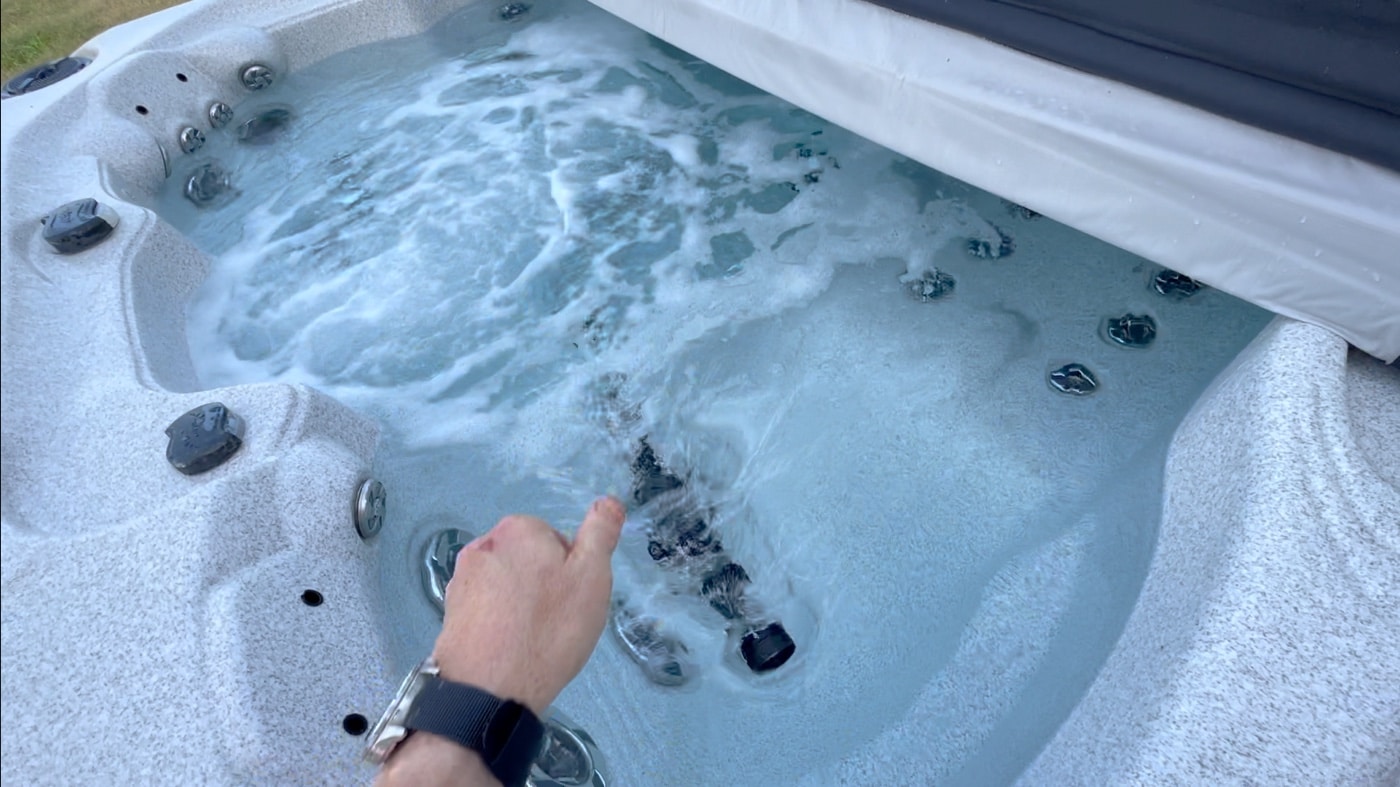
Not long ago, they were getting ready to release their GLx 3-18×44 FFP Rifle Scope — Illuminated ACSS Apollo Reticle — .308 / 6.5 Grendel optic. They sent me one to review before being released knowing how I test my optics. I thought this was the perfect example of just what you need without getting really “busy”.
However, I was waiting for the perfect gun to test it on. Springfield sent me their SAINT Victor .308 to do another review on, and I realized this was what I had been waiting for. Having this level of quality optic gave me the opportunity to see just how accurate I could get with the SAINT.
Scope Details
There are two options for variable power scopes: first vs. second focal plane. Both have their advantages and disadvantages. When I was younger, pretty much all the scopes were second focal plane, that was just the standard back then. With this, the reticle does not change size or increase as you dial up the magnification. One thing this does mean is that any BDC or range finding can only be used on a particular magnification, typically the highest power. It works great for low-power optics that do not have BDC’s.
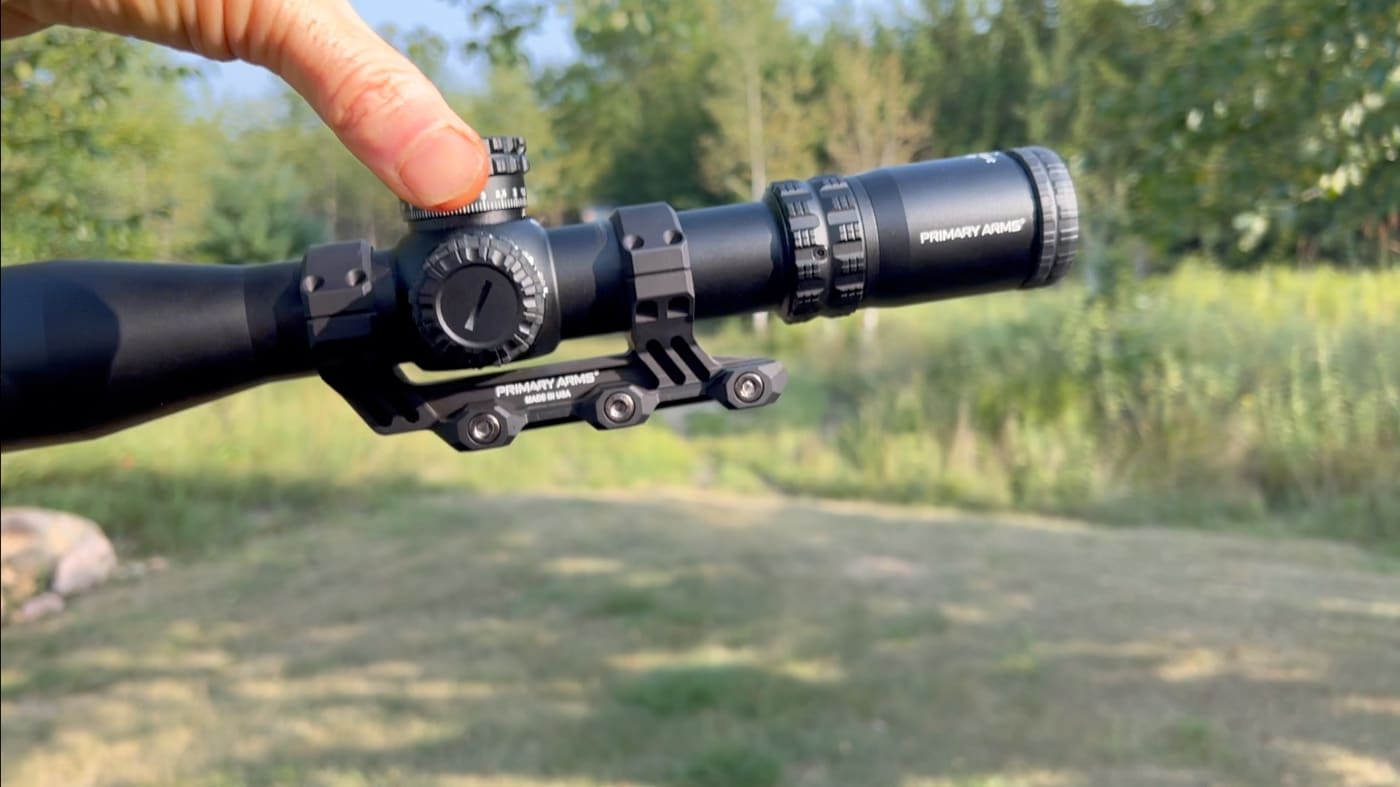
With first focal plane (FFP) optics like the GLx, as you increase in power the reticle also increases in size. Thus, the BDC and all the options we discussed will be the same and accurate at any magnification. This is why nowadays you see more first focal plane optics than second with the increased use of BDC’s and other options mentioned.
[Don’t know much about BDCs? No worries. Learn about BDC reticles here.]
It should also be noted that the GLx series has some of the best glass I have seen without breaking the bank. Primary Arms is known for its quality glass, and the GLx series does not disappoint. I have seen comparable glass in optics that cost twice as much. This is really important at extreme distance shooting.
I have also noticed a progressive increase in tube diameter in current scope production. The advantage of this is the greater the tube diameter, the more elevation adjustments (180 MOA for the GLx with a 34mm tube) you have for long-range shooting. It also creates a more rigid and durable optic. It also creates a larger and heavier optic as a down-side. The GLx comes in at 29.6 oz., and that is no lightweight.
The last thing I want to mention before referring you to the specifications for all the details and features of this optic is one that is critical for me. I get so focused and distracted when shooting I almost always forget to turn OFF the illuminated reticles. Most red dots and electro optics just come with auto on/off standard these days as most of us would have “dead” optics next time at the range, but the traditional optic/scope producers have not really caught on to this. Thus, I constantly have “dead” batteries with my illuminated scopes.
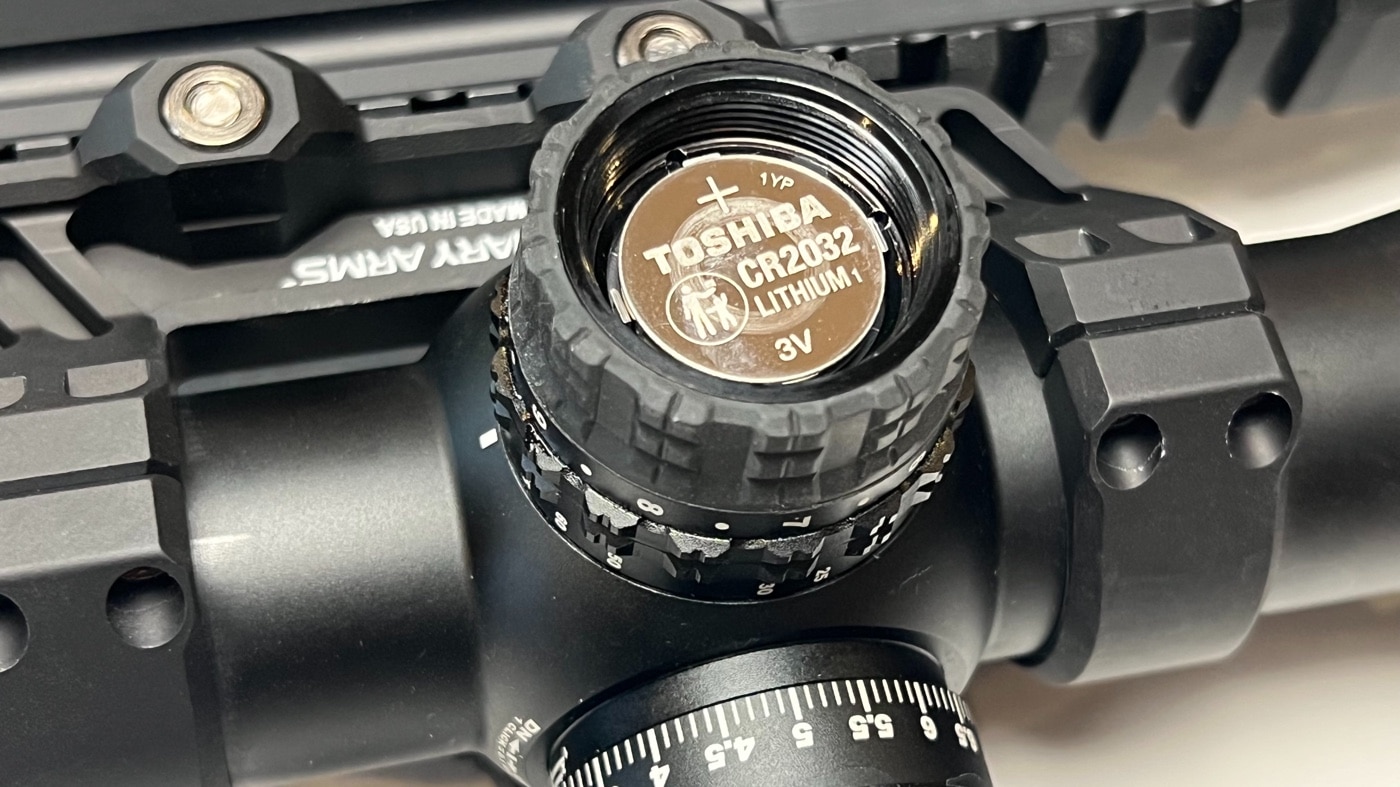
Not the GLx. It has “AutoLive” and turns itself off when not moved for several minutes, and instantly comes on with the slightest of movements. This basically translates to “always on” as far as I am concerned, and no dead battery surprises.
Primary Arms GLx 3-18x Specifications
- Battery Type: CR2032 3V Lithium Coin
- Click Value: 0.1 Mil
- Color: Black
- Exit Pupil Diameter: @3x: 9.3 mm, @18x: 2.4 mm
- Eye Relief: 3.5″
- Field View @ 100yards: @3x: 36.7′, @18x: High: 6.10′
- Focal Plane: First Focal Plane
- Illuminated: Yes
- Overall Length: 13.66″
- Body Material: 6061-T6 aluminum
- Magnification: Variable, 3x-18x
- Mount Compatibility: 34mm
- Objective Diameter: 44mm
- Reticle: ACSS ATHENA BPR MIL
- Reticle Color: Red
- Reticle Type: MRAD
- Total Elevation Adjustment: 180 MOA
- Total Windage Adjustment: 120 MOA
- Tube Diameter: 34mm
- Turret Features: Exposed Turrets, Tactical/Target Profile, Finger Adjustable, Locking, Zero Reset
- Weight: 29.6 oz
Testing It Out
Everything we have discussed is wonderful and great, but only if the optic can stand up to bumps and possible drops. Basically, we have to decide if it is tough enough to justify the cost of a quality optic.
Well, that is easy enough to test. I love to test optics to see just how tough they are and determine if they deliver on their claims on shock-, water-, and fogproof’ness. As I always say, there’s only one way to find out — let’s give it a Beyond Seclusion Torture Test and see for ourselves.
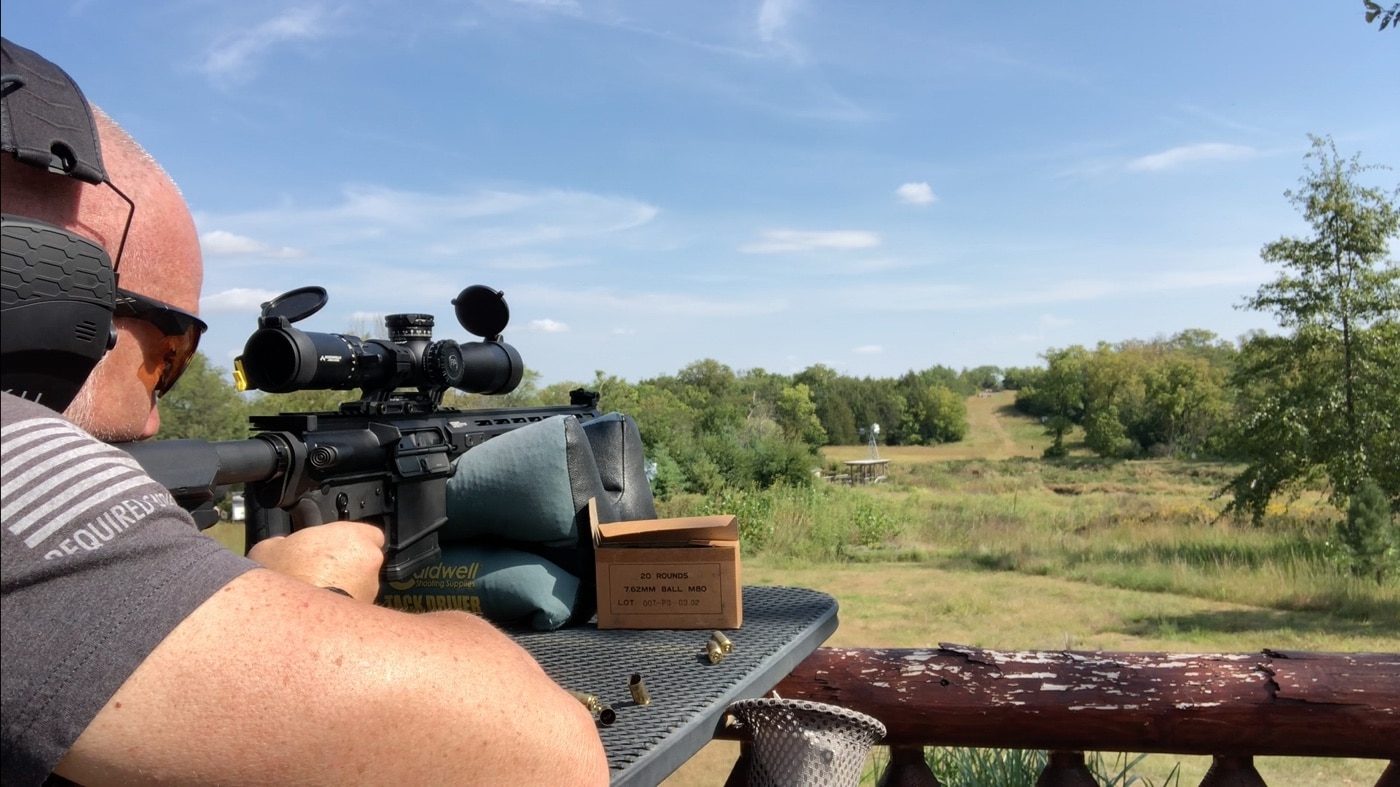
My torture test starts with dropping it off my deck onto the ground from approximately 10’. I should mention we are in a drought and the ground is hard as rock. Many optics fail right here, (especially the larger, heavy optics like this GLx) by the seal breaking and allowing the nitrogen or whatever gas they used to make it fogproof leaking out and allowing air into the optic. The mechanisms in the reticle often break free, rendering the scope useless.
If it passes or has no obvious failure, I follow with the submersion test either into a bucket or my hot tub (105°) for 20-30 minutes depending on its IPX rating. This GLx had no listed IPX rating, so it was a bit concerning if it would pass. If the seal is broken, water typically will leak in — but not always. The break may be small enough not to allow water in, but let the gases out — or just not enough moisture to be visible.
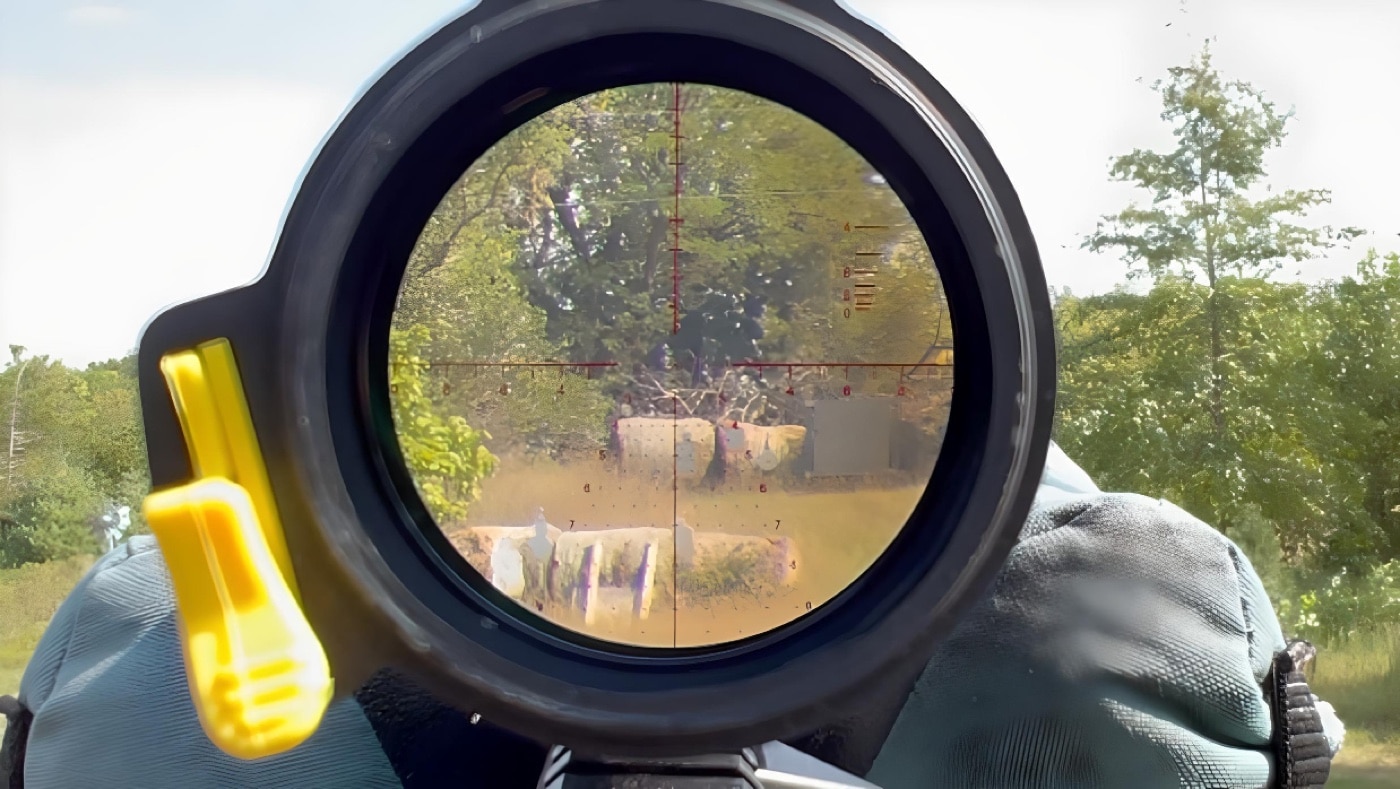
Then, the final test — tossing it into the freezer for 30 minutes straight out of the hot tub. If there is any amount of air or moisture that leaked in, it will condense on the inside of the lens. It will also further test the seals and waterproofing by expansion of water in places it should not be.
Many optics that cost twice as much as the GLx have failed this test. As you can see in the video, the GLx passed with flying colors, kept its zero when put right back on the gun in the same place, and was still able to hit the steel at 500 yards after the test.
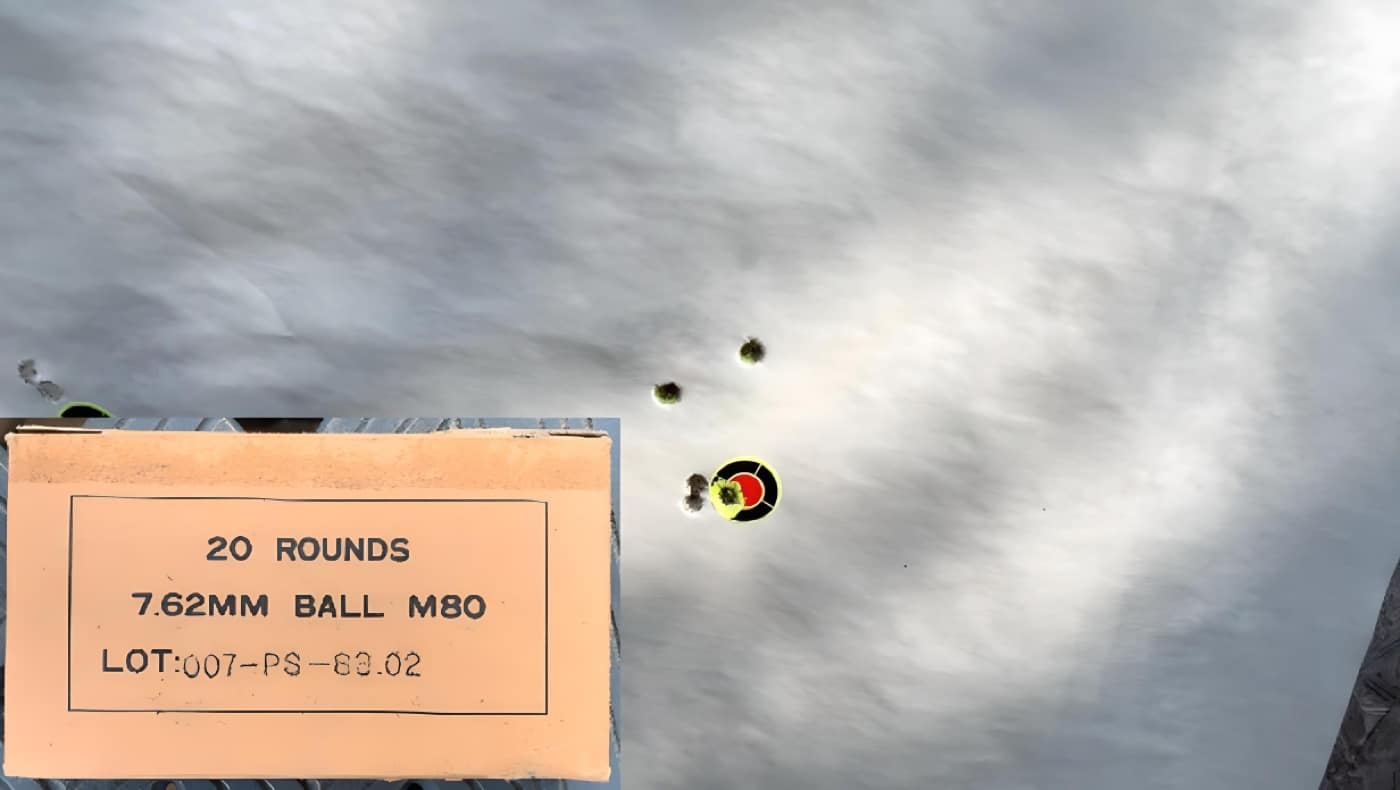
I almost forgot, one of the things I love most about this reticle — besides the illuminated reticle with AutoLive, BDC, and range finder — is at the very center of the crosshairs is a small chevron, rather than lines or a dot. Few optics have this on high-power scopes, and it is a huge advantage when trying to “touch” your shots at 100 yards.
It can be slightly challenging to see at the lowest power, but not really an issue because the crosshairs come together in the center. Having that small chevron in the center is critical for getting the smallest possible groups in my opinion.
Conclusion
Bottom line: The GLx 3-18×44 FFP Rifle Scope delivers the features you want and need without all the extras that create a messy reticle. It has generous eye relief with exceptional glass for what it costs, and it is tough and passed my torture test. It’s hard to beat this for the price of $799.99.
Editor’s Note: Be sure to check out The Armory Life Forum, where you can comment about our daily articles, as well as just talk guns and gear. Click the “Go To Forum Thread” link below to jump in!
Join the Discussion
Featured in this video
Continue Reading
Did you enjoy this video?

 54
54




